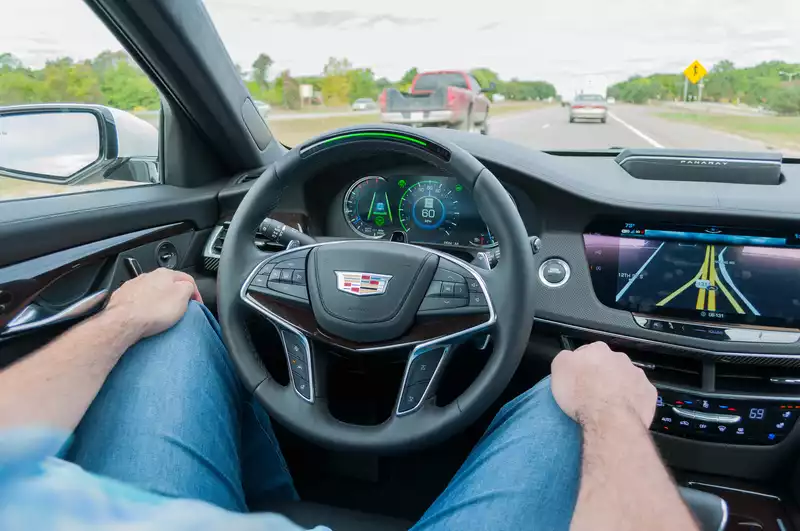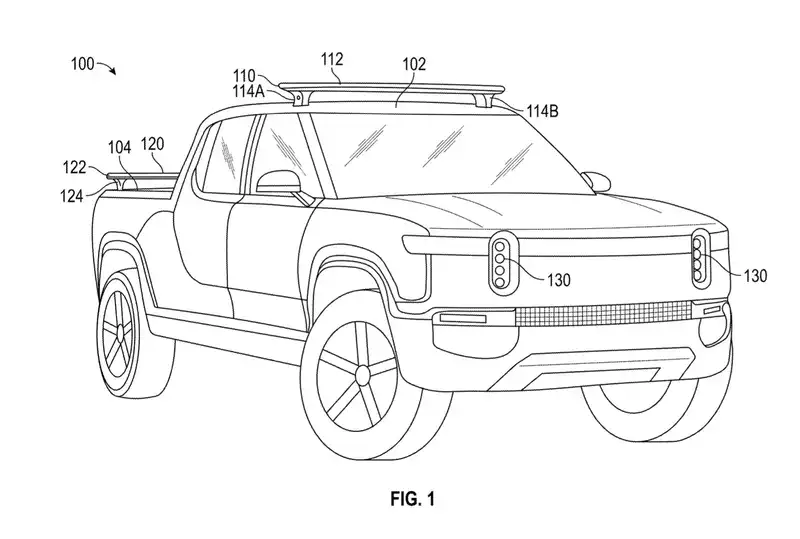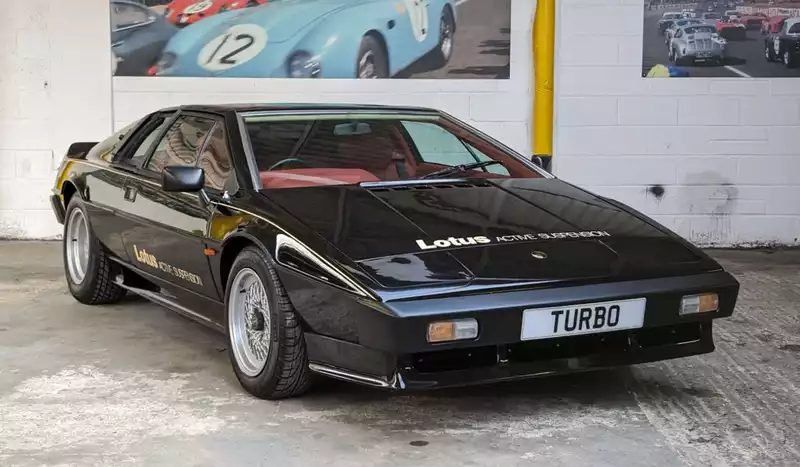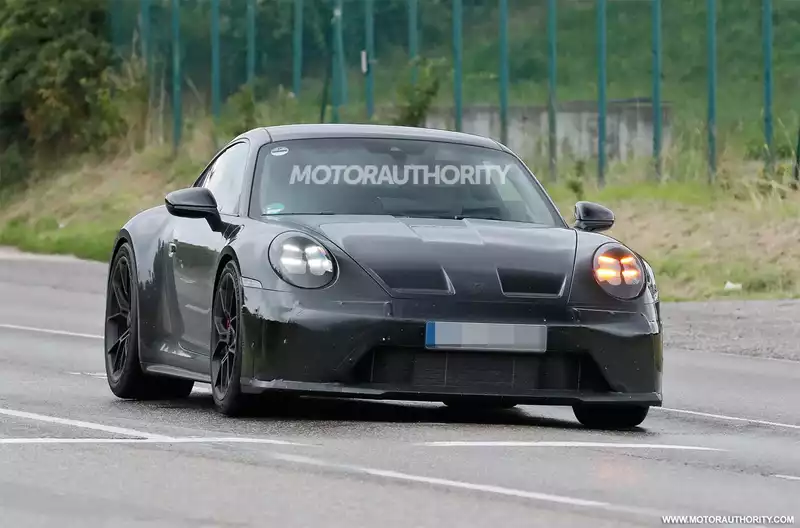The GT of the future: the Polestar Precept design.

At some point, the bird flies out of the nest. At that point, the bird can only fly or fall.
Polestar was once a tuner and racing team for Volvo, but is now a "little bird" electric car brand, spinning off from its Chinese and Swedish mother. Polestar's first two cars, the Polestar 1 and Polestar 2, were Volvo concept cars turned into Polestar products, and their design featured a strong Volvo lineage. And now, with the Precept Concept, Polestar is proclaiming its own design language. But more than that, it intends to set the brand on its own trajectory.
"It's a vision of design, a vision of sustainability, a vision of future technology. Many elements of this car will be present in future production models," Max Missoni, Polestar's head of design, told Motor Authority in an interview.
The Precept is a large, electric four-door Grand Touring-class car. It is low, aerodynamic, spacious, seats four passengers, and combines classic automotive design elements with new styling cues made possible by electric drivetrains and an environmentally friendly future.
From Breath to Vision
"We have abandoned all the typical historic designs found in modern cars," says Missoni. Notably, the Precept lacks the chrome plating typical of luxury cars.
There is also no front grille for cooling. Because the trunk is at the front rather than at the engine, the hood is low and sloping like a Porsche 911, and a wing is built into the Precept's leading edge to improve body streamlining.
The nose also sniffs out new places. The lack of an engine means that the nose is used for vision rather than breathing. Polestar has created a Smart Zone where the nose is used for "vision", calling up driver assistance system sensors rather than hiding them behind a black background. These include mid- and long-range radars, ultrasonic sensors and high-resolution wide-angle cameras. This look is inspired by modern consumer electronics. [but zoom in and get closer to the vehicle to get the second and third pieces of technical information," says Missoni.
There are also ultrasonic sensors on the sides, vents on the front wheels, brake ducts in front of or behind the rear wheels, and low "smart" areas visually inspired by electronics.
"We use very clean and pure shapes, but with strong contrasts," notes Missoni. Polestar plays with contrasts, for example with the darker lower bodywork, which is very graphic."
In technical terms, the Greenhouse also breaks new ground. On the leading edge of the roof is a rider unit, indicating that the Polestar will have more driver assistance features and possibly automatic steering. More noticeably, the roof is different from the regular roof: it's glass at the top, with a body panel in place of the rear window.
"We use technology to give an advantage to aerodynamics," said Missoni.
Without the rear window, the driver can see back through rearview mirrors and side-view cameras instead of mirrors. The design allows for a rear door that hinges over the heads of rear-seat passengers and a high rear end that improves aerodynamics. A large glass roof creates a sense of openness for rear-seat passengers, and legroom is 39 inches.
Tradition has not been abandoned
Despite the influence of technology and instrumentation, the Precept combines the proportions of a large touring car with efficient aerodynamics. The high tail combines with the extended rear fenders, giving it the look of a predator ready to attack. Large 22-inch wheels with aerodynamic inserts fill the front and rear wheel wells, and the front fenders have a spread. Sharp character lines emphasize the car's waistline on the sides, and black lower panels visually lighten the mass. The sloping nose resembles a mid-engined or rear-engined sports car.
"To symbolize that this is a new era: ...... We didn't change the beautiful proportions of the car," says Missoni. There's no point in changing for the sake of change. We believe in beautiful proportions and beautiful shapes"
.
Some of these shapes were determined by the wind. To improve aerodynamics, Polestar flattened the door handles, flush-mounted the windows, narrowed the waistline and designed the rear air vanes.
Clean, modern and premium interior
The Precept is different not only on the outside but also on the inside, and here Polestar has also eschewed traditional luxury. The interior does not use wood or leather to create a premium feel. On the contrary, Polestar uses recycled materials and natural fibers to enhance eco-friendliness. The seats and upholstery are made from recycled plastic bottles, the panels are made from linen, the carpeting is made from recycled fishing nets, and vinyl made from wine corks is used for the seats and headrests. The resulting panels are lighter and stronger than plastic, and the materials create a unique structure and appearance."
"We embed it in a very high-tech environment. That's why we get such a beautiful contrast," says Missoni. 'I'm very proud of the combination we used to make these materials look very exclusive, but at the same time very clean and modern.'"
Linen-based materials were also used for the front splitter, rear vent and side sills.
In the Precept, Polestar's infotainment system is taken to the next level and represents the next step in its partnership with Google on Android-based systems. A 15-inch longitudinally oriented center screen with a proximity sensor and a driver-responsive system. The system is responsive to the driver's actions. Eye movement tracking is used to change the size and complexity of the information displayed on the 9.0-inch digital instrument cluster.
The car is also aware of its surroundings: it uses Google Maps data to create realistic images on the driver's display showing nearby roads, businesses, signs, and buildings. Because the system is open to third-party applications, its use will be limited to the imagination of many companies.
Will Polestar build it?
The Polestar 2 will be unveiled next year, and the Polestar 3 aerodynamic EV SUV will probably appear in 2022. Could the Precept become the Polestar 4?
Missoni did not say, but he stated that the design language will be used in future cars as well as other elements.
"The materials we're going to work with, the technologies we're going to implement, but we'll talk about that later," he said.
Whether Polestar becomes a precept or not, it represents a further evolution of the brand with a clear design language and cutting-edge technology.
With the design and technology presented in the precept, Polestar seems ready to take flight.
.



